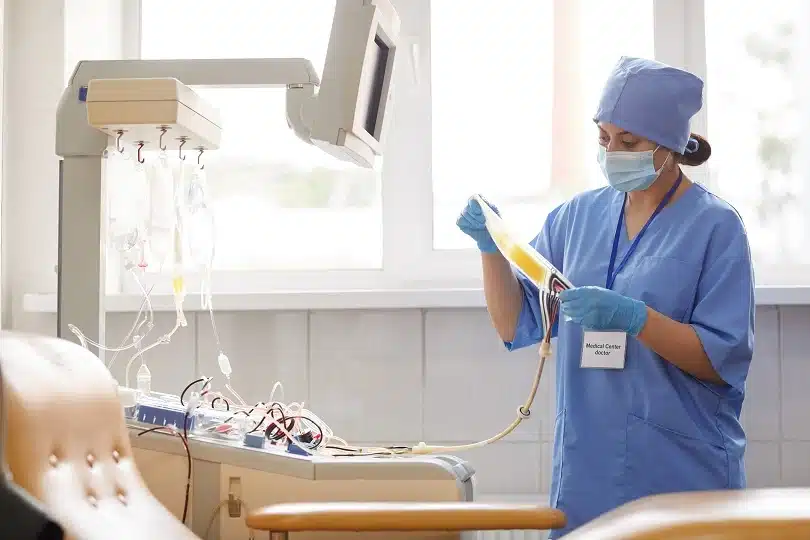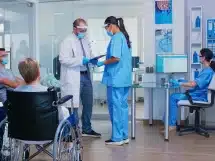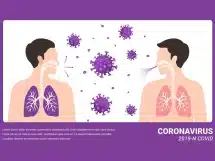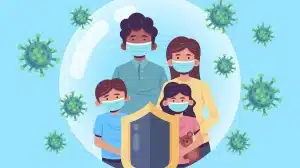Nurses across India will be playing a pivotal part in the provision of preventive, promotive and curative health services to help achieve the health indicators under SDGs.
By Dr. Tapasvi Puwar
This year, the World Health Organization (WHO) is celebrating the contribution of nurses in healthcare with the clarion call to “support nurses and midwives”. The role of nurses in the provision of healthcare services and achieving the health indicators under Sustainable Development Goals (SDGs) is crucial.
For SDGs, 2030 is the target for all signatory countries around the world. Universal Health Coverage (UHC) is one of the ways to achieve these goals. In India, the government launched the Ayushman Bharat scheme in September 2018. The ambitious programme is aimed to address healthcare in a holistic manner with two components – Health and Wellness Centre (HWC) and National Health Protection Scheme (known as Pradhan Mantri Jan Arogya Yojana or PM-JAY) under its umbrella.
Indian landscape
In order to reinforce the existing system of primary healthcare delivery, the Indian government has identified 12 comprehensive sets of services at the HWC level, placing additional emphasis on the management of various conditions. These include a focus on the management of maternal and infant health, nutrition supplementation and diet counselling, family welfare and management of communicable conditions, non-communicable conditions including mental health, basic ophthalmic care services, ENT care, dental and geriatric healthcare services.
These services rendered through HWC form the first point of contact for Comprehensive Primary Health Care (CPHC). The National Health Policy (NHP 2017) defines HWC as “the facilities which start providing the larger package of CPHC services”. The aim is to operationalise 1.5 lakh HWC for offering preventive and promotive primary healthcare services at the community level. All health sub-centres in India are slated to be converted into HWCs.
The HWC at the sub-health centre level will be equipped and staffed by an appropriately-trained PHC team, comprising multi-purpose workers (male and female) and ASHAs, led by a mid-level health provider (MLHP) or Community Health Officer (CHO).
A key addition to the primary health team at the sub-centre-HWC is the mid-level health provider (MLHP) who would be a community health officer (CHO), armed with a BSc. in Community Health or a nurse (GNM or B.SC). Or else, an Ayurveda practitioner, trained and certified through IGNOU/other State Public Health/Medical Universities for a set of competencies in delivering public health and primary health care services, as per the CPHC Guidelines issued by the government.
Training for the new role
This will put nurses across India in a new role for the provision of preventive, promotive and basic curative health services. This will ensure a new cadre at the sub-centre level to improve the provision of earlier-mentioned health services. Nurses contribute to secondary and tertiary curative care across the world. As MLHP/CHO nurses will now also contribute to the provision of preventive and promotive services at HWC sub-centres as a team leader.
In Gujarat, Indian Institute of Public Health Gandhinagar as a university runs a six-month course for new cadre under Ayushman Bharat. Till date, more than 3300 nurses have got job postings at HWC sub-centres after passing the course, while 1847 candidates are currently undergoing the course. Incidentally, about 90 per cent of the total MLHP/CHO are nurses from Gujarat.
From July 2020, all BSc nursing students will be directly posted as MLHP/CHO at HWC sub-centre level across the country as the six-month course is now incorporated in the BSc nursing curriculum. Thus, nurses will be playing a crucial role in the provision of CPHC at the national level in the coming years. As Female Health Workers or ANMs, they are among the pivotal players in the provision of primary healthcare across the country. They are going to play a vital role as the first contact with the population of the country.
(The author is an Associate Professor at the Indian Institute of Public Health, Gandhinagar)

















